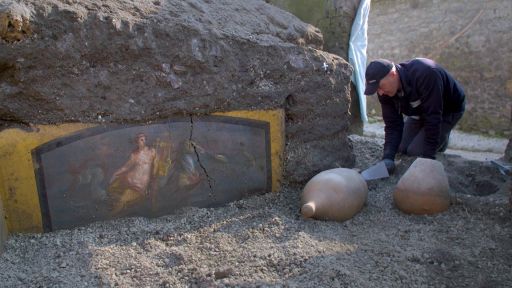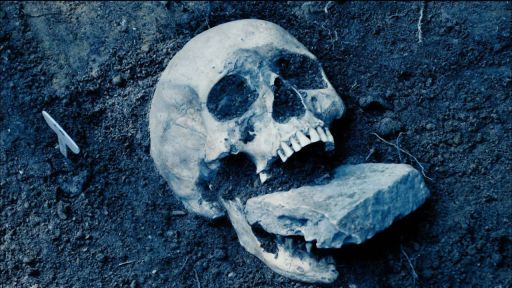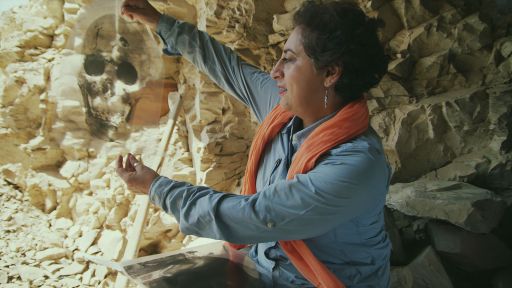Scientists analyze DNA from tooth samples collected from dig sites across Europe, dating to the Late Roman Empire, and identify Yersinia pestis – the bacteria that causes the Black Plague. Gradually they map where they’re finding plague, noting that, based on the succession of waves of illness, the epidemic lasted roughly a century.
-In order to find a specific pathogen, the DNA from the tooth sample is broken into many segments.
The segments are then compared with the DNA of known diseases, eliminating possibilities like tuberculosis or typhus.
♪♪ In the tooth sample, the scientists identify Yersinia pestis, the bacteria that causes the Black Plague.
-We have been looking for Yersinia pestis from the time of the Justinianic Plague, so from the 6th century.
We have actually screened hundreds of human remains from the time period to see where in Europe you could find plague during the time of the Justinianic Plague.
And we were actually quite surprised because we were finding it in individuals from Iberia, so from modern-day Spain, from France, from Germany, from England, so from large parts of Western Europe.
In about a dozen or so ancient human remains, we found Yersinia pestis DNA to be preserved, and we could reconstruct entire genomes of those ancient plague bacteria.
-Gradually, scientists draw a map of where they're finding plague, noting that, based on the succession of waves of illness, the epidemic lasted roughly a century.
In Constantinople, an estimated 300,000 people died during the first year of the outbreak.
You May Also Like







